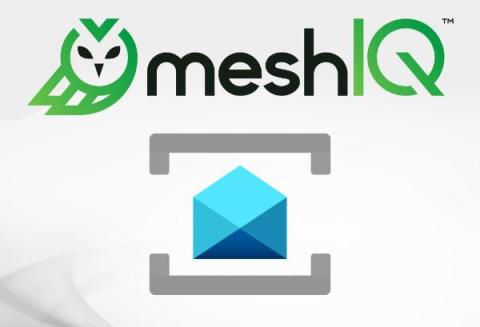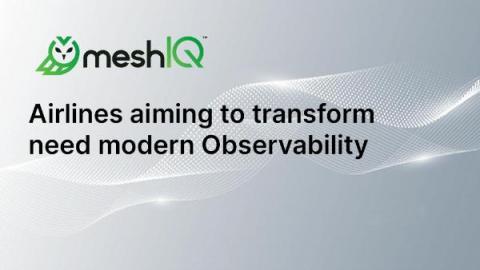Operations | Monitoring | ITSM | DevOps | Cloud
Latest Posts
Strategies for Ensuring Compliance in Financial Messaging
Optimizing Performance and Reliability in Messaging Systems
Lessons Learned from Managing Kafka Costs
You probably have seen ads where someone claims that their app can save you money by finding subscriptions you forgot about. I have a hard time imaging someone with $100s of dollars of expenses they forgot about, but I have had the occasional one that was missed. The problem is that people are inefficient when it comes to managing “stuff”. That is why there are so many places to store “stuff”.
How a Modern Integration MESH Changes our Roles and Responsibilities
There was a time not too long ago, before the cloud was a part of every enterprise technology conversation, when integration work was considered the purview of a specific architecture and engineering group. If messages failed to send, or services failed to respond, application stakeholders would create a trouble ticket for the integration team to address. In some ways, this separation of labor was effective enough at the time.
Delivering Distributed Transaction Tracing Across Integration MESH
Distributed transaction tracing (DTT) is a way of following the progress of message requests as they permeate through distributed cloud environments. Tracing the transactions as they make their way through many different layers of the application stack, such as from Kafka to ActiveMQ to MQ or any similar platform, is achieved by tagging the message request with a unique identifier that allows it to be followed.
meshIQ - Seeking Partners to Deliver Observability Across Integration MESH
In today's rapidly evolving technological and business landscapes, staying competitive requires more than just a great product or service. It demands a technological edge that can drive efficiency, innovation, and overall growth. This is where partnering comes into play - it's like turbocharging your business engine. Today, meshIQ is looking to turbocharge our sales teams, processes, and reach by adding power via partnerships.
3 Reasons to Prioritize Observability as part of Application Integration Strategy
Most companies in today's business landscape that deal with large amounts of data want to integrate their applications so that they can pass data between them seamlessly and easily. Being able to ensure that you can see exactly what is happening at every stage of the process is key, and this is where approaching the process with observability in mind can make a real difference. Deciding at the outset that observability is something that you want to be baked into the process means that you can plan and execute with that in mind.
Improve MTBF and MTTR for your Application Platforms by using MESH Observability
When businesses look at how best to understand the performance levels of their platforms, some of the best incident management metrics to look at are Mean Time Between Failures (MTBF) and Mean Time ToResolution(MTTR). These two measurements will give an excellent indication of the health and speed of the system, as well as the ability of the platform to take care of any anomalies that have been detected or to flag them up for others to take action to resolve them.
Airlines aiming to transform need modern Observability
The last decade has been nothing but a roller coaster ride for the airline industry. The pandemic has transformed it forever and now it needs to reevaluate its digital transformation priorities on how to manage traveler expectations. Taking it a step further, travelers buying behavior is changing farther as now they will want to book tickets while chatting with an AI interface. The transformation was already underway. In 2020, Google Cloud and Sabre announced a partnership to modernize Sabre. Recently, American Airlines announced their modern rebooking app launched in partnership with IBM. Lufthansa announced industry's first continuous pricing tailored to suit individual customer attributes.










